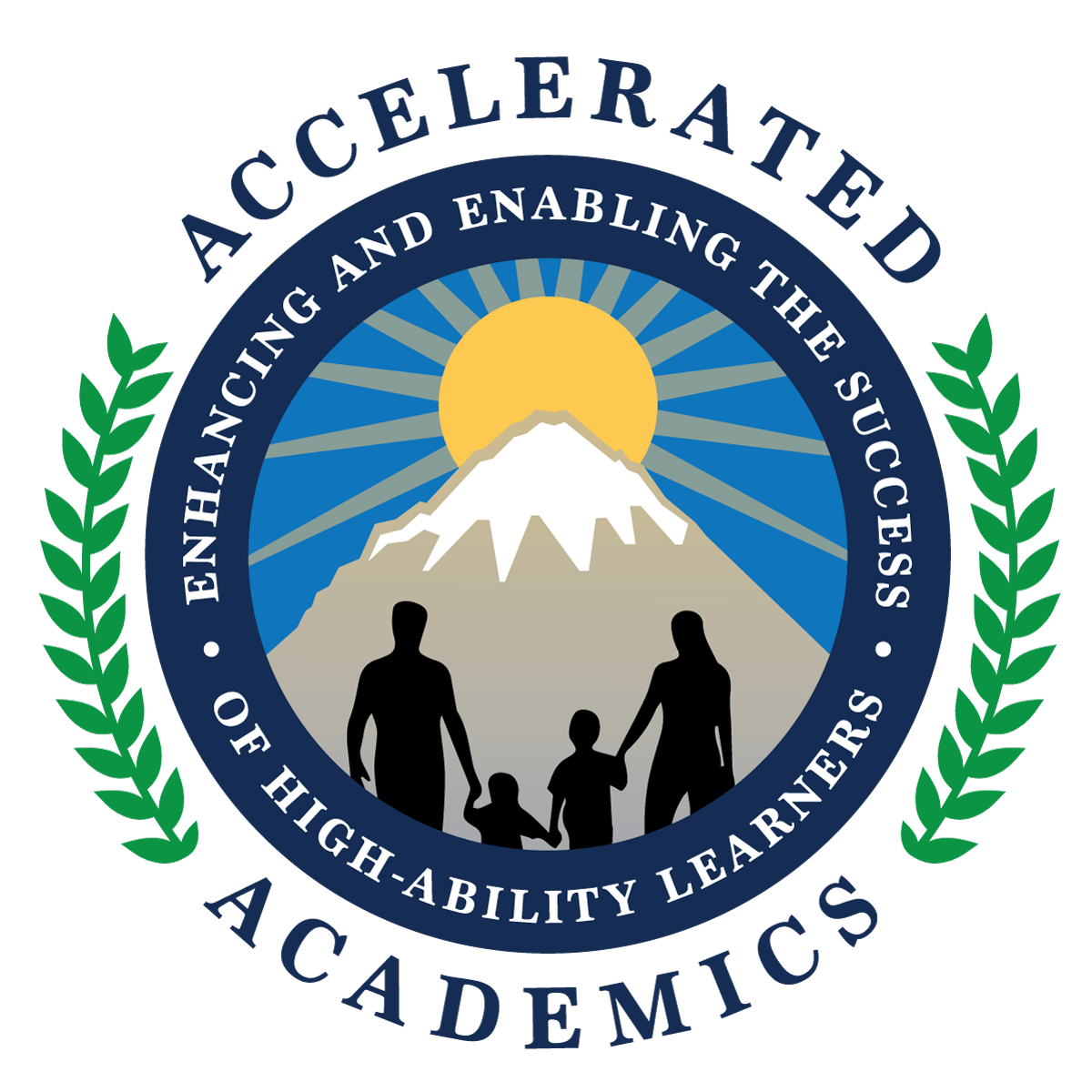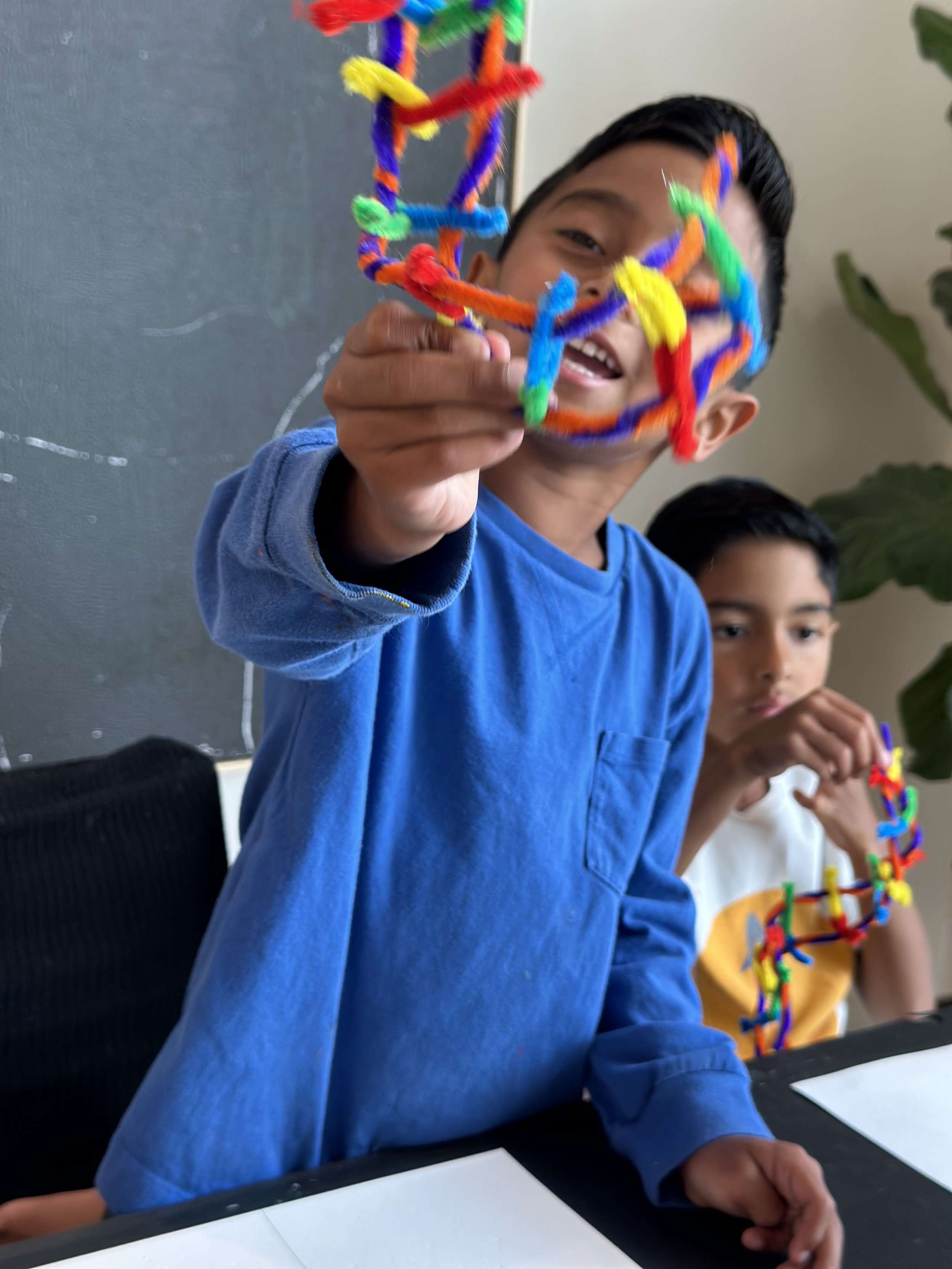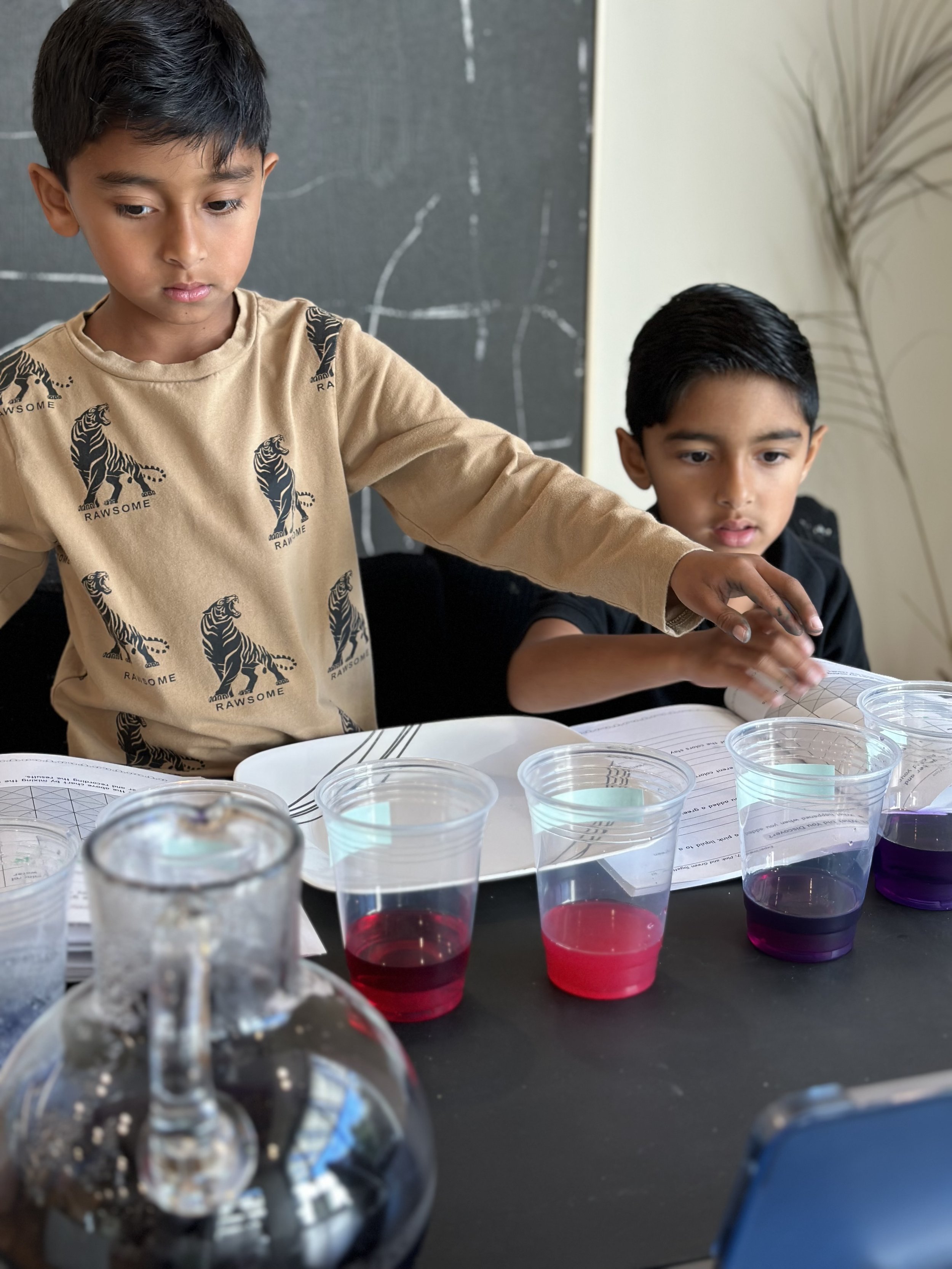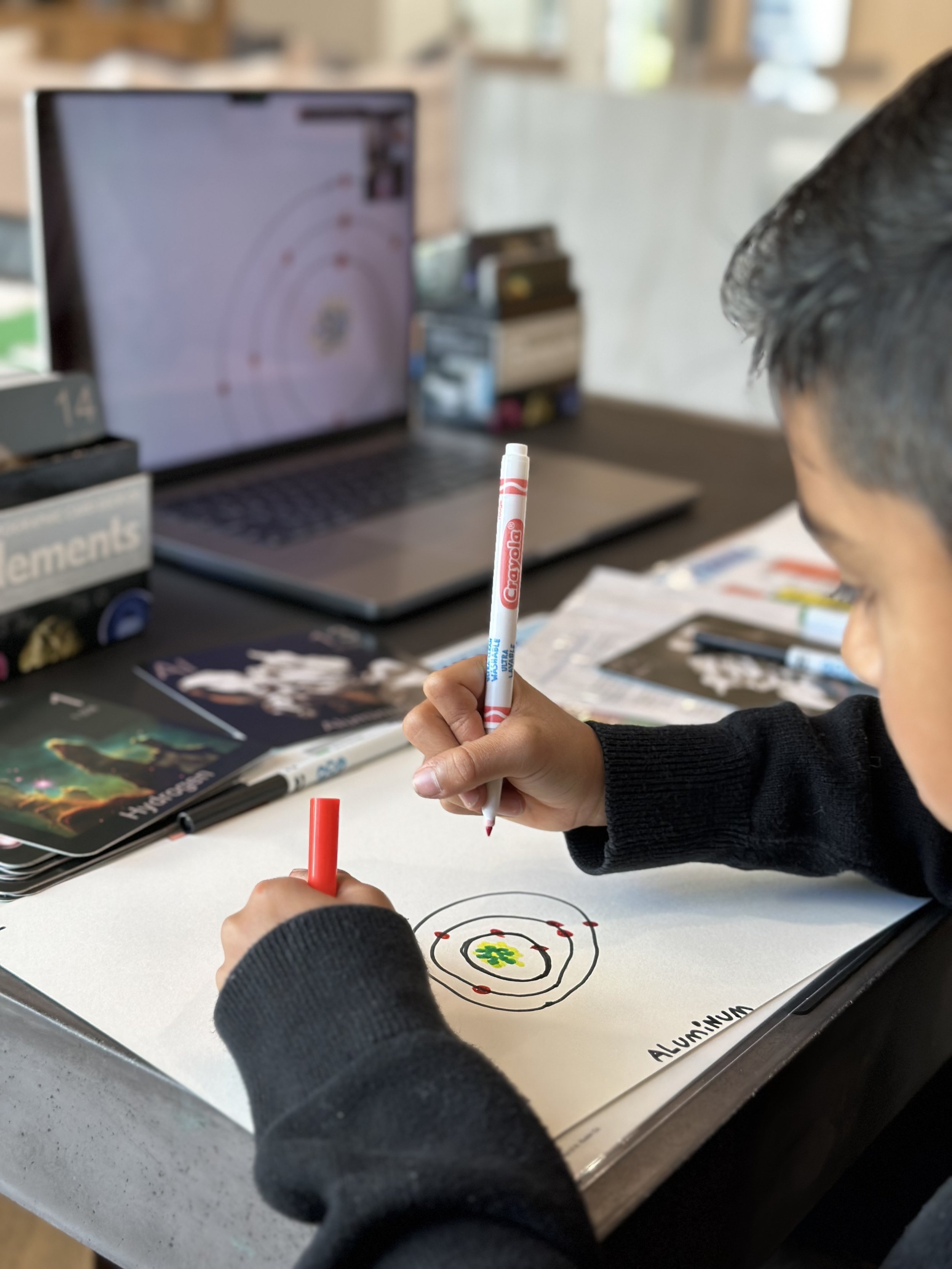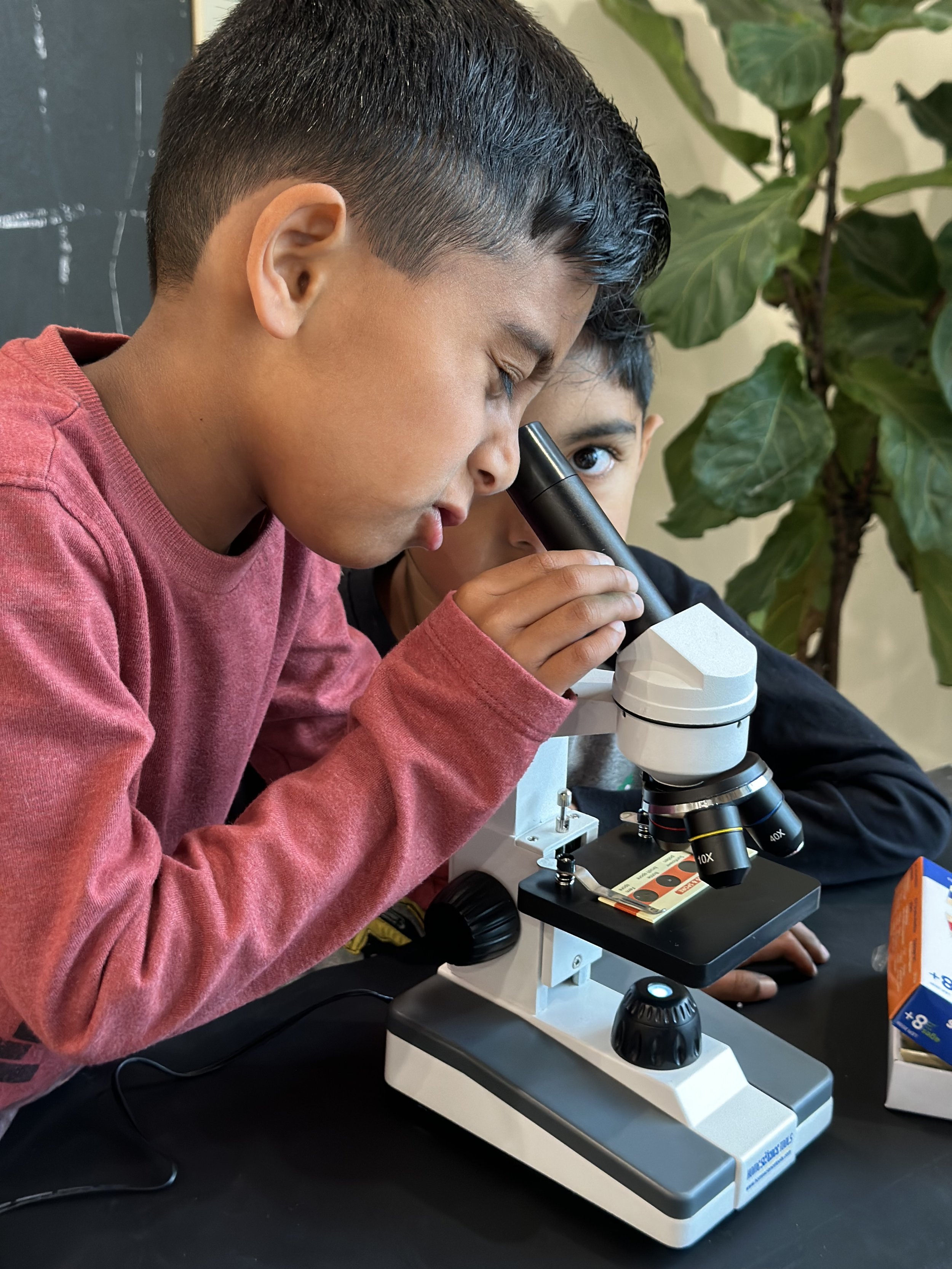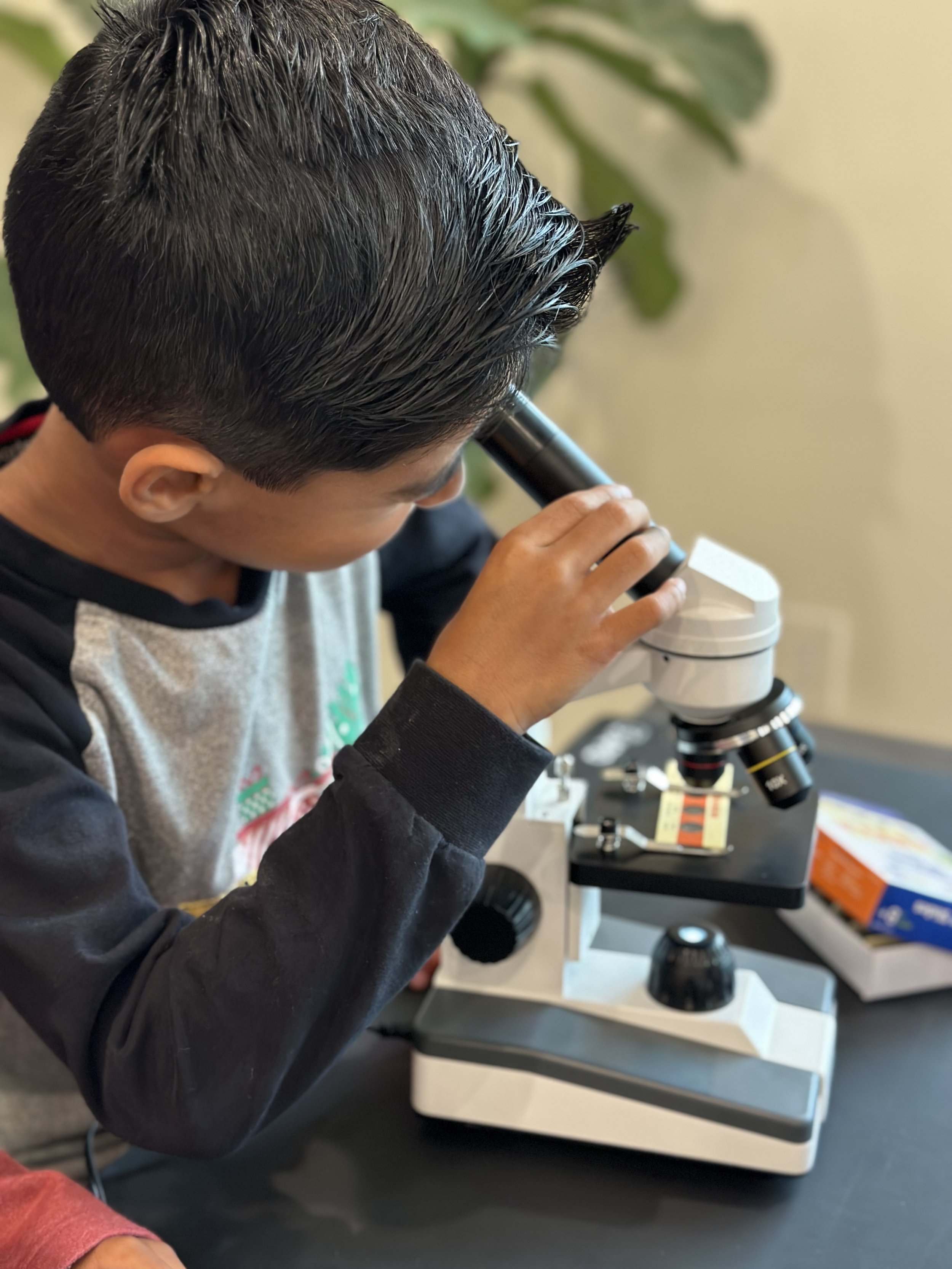Some states require homeschool parents to provide annual evidence of student learning by either having their children take standardized tests or by keeping a portfolio of student work that is reviewed by a certified teacher within a local school district. Student portfolios are traditionally kept by certified teachers in public schools as an alternative assessment tool to demonstrate learning. Process-oriented portfolios demonstrate the growth and improvement of a student’s skills and abilities over time during the learning process. Product-oriented portfolios showcase the selection of final products that represent a student’s best or highest quality work. How, then, do keeping and maintaining student portfolios relate to homeschoolers in the state of California?
California doesn’t require homeschoolers to take standardized tests or to keep a portfolio. Nevertheless, the California State Regulations of Private and Home Schools states that “true and accurate records regarding the courses of study must be maintained by private schools,” which includes students who are homeschooled. Section 44237. Cal. Educ. Code §33190. In addition, “students who are schooled at home in California should receive instruction in the various branches of study required in the public schools.” According to Cal. Educ. Code §51210, the following courses “must be taught to students in grades one through six: English, math, social science, science, visual and performing arts, health, and physical education.” In grades seven through twelve, the following courses “should be offered: English, social sciences; foreign languages (starting no later than seventh grade); physical education; science; mathematics; visual and performing arts; applied arts; career technical education; automobile driver education; and other studies that may be prescribed by the governing board.” Cal. Educ. Code §§51220, 51222. It is important to note, however, that homeschoolers under the Affidavit for private schools (Cal. Educ. Code §33190) have no written state or local school district curriculum requirements or guidelines because California’s grade level standards and adopted materials do not apply to students schooled at home. It is up to parents who educate their children at home to select and provide all curriculum, instruction, and materials. This seems somewhat confusing because parents need to keep “true and accurate records” of the course of study for courses that “must” or “should” be taught; however, California’s curriculum standards and materials do not apply to homeschoolers. With that in mind, how might keeping a portfolio of student work benefit homeschoolers?
Keeping a portfolio record of student work can be an enjoyable way for parents and their children to track the journey of their learning experiences together over time; to document what has been learned, what needs to be learned, what has worked, and the process it took to accomplish their own personalized educational goals. Such a record of student work becomes a historical family keepsake or scrapbook, verifying all of the committed effort, hard work, and fun that both parents and students invested together into the learning process. Hence, what categories of documents should be collected?
Depending upon the type or purpose of the portfolio, some suggested documents to collect are as follows, but not limited to:
Subsequently, how might representative artifacts and samples of student work be selected?
In a homeschool environment, it is imperative that parents and children be partners. In order for a successful educational experience, they must commit to working together as a team and set reachable learning goals. Parents are accountable for assessing their children and providing appropriate learning experiences and guidance, and students are responsible for engaging in the learning process. Therefore, the participation of both parents and students in the selection of sample work to be showcased in the portfolio is essential. By approaching portfolio development as a team, two major things are accomplished: 1) parents have the means to evaluate their teaching methods and the educational experiences they have provided by looking at what has caused student improvement what has been unsatisfactory; and 2) students have the opportunity to evaluate themselves and determine where they personally have excelled or need more work.
Over the years, portfolios have the potential to provide homeschoolers with invaluable archival records of their education. In addition, when it comes time to prepare for college, a well-documented and well-organized portfolio can help the college applicant design and write up his or her own transcript. The college portfolio then becomes a unique document and vital presentation reflecting the knowledge, skills, beliefs, and talents the student has achieved during his or her homeschool learning experience.
For more information on how to prepare a portfolio, contact Dr. Jenelle Miller at http://www.acceleratedacademics.org/contact/
Resources
Homeschool Portfolio Evaluations Shouldn’t Be Scary!
Homeschool Portfolios
Portfolios
Portfolio Types
Student Portfolios as an Assessment Tool
Student Portfolios: Classroom Uses
